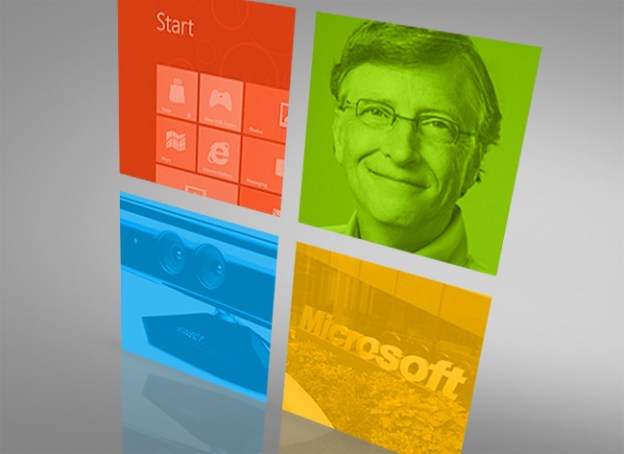
Roughly a decade ago, Apple began its journey from the scrap heap to one the most valuable companies in the world. It had started off life as a venerable tech pioneer that had a major part in putting a computer in every home, office cubicle, and school in the country, and most of the world. Down the line, it made some bad choices in leadership, R&D, and marketing and was nearly forgotten, both by consumers and by Wall Street.
Now, Apple’s greatest rival finds itself in a curiously similar position.
To be fair, Microsoft is not nearly as financially destitute as circa-2002 Apple was. Apple’s stock price at that time was around $7.25. Microsoft is currently trading in the high 20’s and has been bouncing between 20 and 30 for most of the last decade, only bottoming out with the rest of the economy in early 2009.
You could argue, though, that Microsoft is as destitute creatively as Apple was back then.
In an intentional understatement, the Surface experiment is underperforming. Windows 8 is uninspiring, failing to bridge the divide between PCs, tablets, and smartphones. PC shipments decreased last year after a decade of growth. Two successful products, the Office suite and Xbox, face their own challenges from outside competition that didn’t exist during the last update cycle. If the new Xbox underperforms, it would be tempting to start ringing the church bells for Microsoft.
How can Microsoft stave off what appears to be an imminent death? Here are two solid options for Microsoft to start looking more like The Walking Dead and less like Frankenstein:
1. Bring back Bill

This time around, you get Bill Gates version 2.0, the world’s most important philanthropist and would-be savior of Africa and underperforming American schools. He brings with him his experience of leading Microsoft into its golden age, but he also brings a new, altruistic vision for the company.
At least in public perception, he would need to find ways to make Microsoft a subsidiary of the Bill and Melinda Gates Foundation. Whether that means each Surface that leaves the store equates to a charitable donation for anti-malaria nets, or just a new focus on products that help the developing world, perception shifts from Microsoft as a grand behemoth to Microsoft as the world’s greatest hope for good. That’s a pretty powerful marketing strategy, and it’s one that only Bill Gates 2.0 can deliver.
2. Start leading, stop following

Apple took the hallmark of its products – ease of use – and translated that into new and emerging markets that had room to grow if someone could offer an easier solution. Microsoft needs to start thinking ahead with the only product it can offen beyond its competition: the Kinect.
How do you rebuild a company from one input device? By projecting its uses forward. Stop dabbling in having the Kinect control your TV and have it control your house, your car, whatever. Integrate voice and you’re basically interacting with a computer the same way you would on the USS Enterprise or in Minority Report, which is the vision of the future most of us hold in our heads. It can all be built around a Microsoft infrastructure that ties into the Xbox Store, Windows Marketplace, and Office 365. Because of Kinect, Microsoft is the only major technology company out there right now that can make this vision a reality in a relatively short period of time.
3. Spin off Windows

Windows 8 was partially compromised because it had to make too many other components of the Microsoft brand happy. It had to work well with Windows phones from Nokia and HTC. It had to work fluidly on everything from monstrous touch PCs from HP, to flippy tablet-laptop hybrids. When it came time to run on the system it was arguably designed for – Surface – it came off as disjointed.
Microsoft’s Windows Division is neck and neck with its Business Division as Microsoft’s leading moneymaker, and experienced some solid financial growth in the last quarter last year thanks to the release of Windows 8. It is more than healthy enough to be self-sufficient.
As a separate company, Windows could focus on making a revolutionary operating system (and one device that can be the flagship) without the meddling other divisions, or their hands in the cookie jar, so to speak. These other divisions can become more platform agnostic, and figure out new ways to work with everything not named Windows, making them more nimble for the future.
It’s not easy redefining a Fortune 500 company. They tend to have more in common with Nimitz-class aircraft carriers than Donzi speedboats. But with these three simple (meaning billions of dollars of investment and risk) ideas, Microsoft can guarantee itself a place in the next generation of technology advancement. Right now, that place is nowhere near a certainty.


